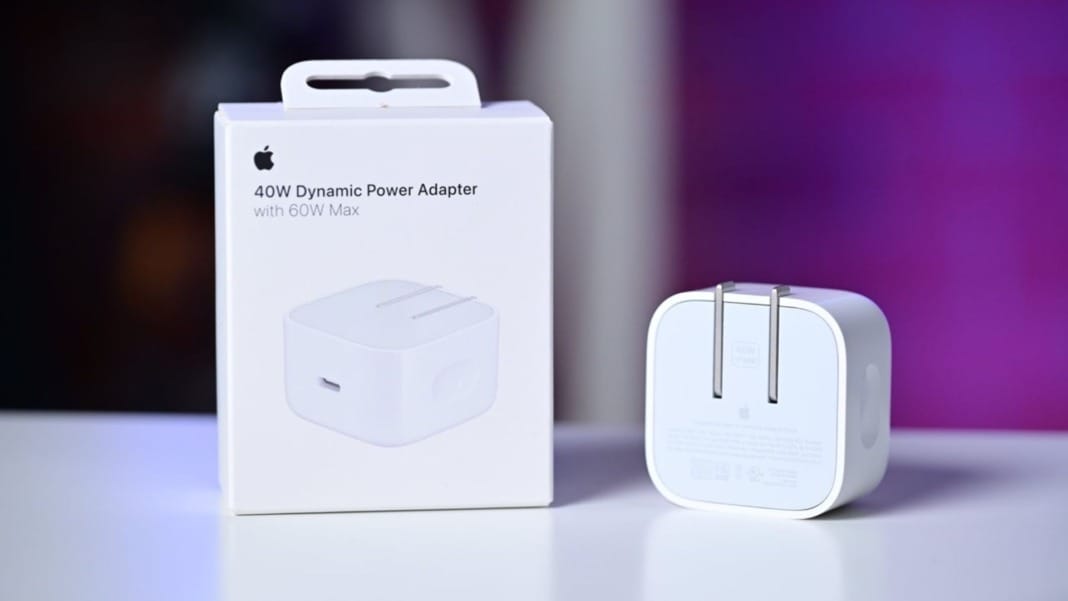Apple’s newly announced iPhone 17 Pro and iPhone 17 Pro Max models promise faster charging speeds than previous generations. According to Apple, the devices can reach 50% charge in just 20 minutes when connected to a wired charger. However, this performance comes with a condition: it only works with Apple’s own latest charging technology.
Technology tipster @VNchocoTaco revealed that the higher charging rate depends on the USB-PD PD3.2 SPR AVS protocol, a standard not yet widely supported. At present, the only charger compatible with the protocol is Apple’s 40W Dynamic Power Adapter, which supports a maximum output of 60W. This means iPhone 17 Pro users hoping for the fastest possible charging speeds will need to purchase Apple’s own adapter.
A recent news i found out just now
— ShrimpApplePro 🍤 ずっと真夜中でいいのに (@VNchocoTaco) September 13, 2025
iPhone 17 Pro and 17 Pro Max having the latest charging protocol
PD3.2 SPR AVS
And currently only Apple sell a charging brick with that spec (40W brick just released) capable of charging 50% in only 20mins pic.twitter.com/1KwkRD9Rio
Limited third-party support for now
While Apple’s 40W charger currently holds the advantage, third-party accessories still offer reasonable charging speeds. Popular options such as Anker’s Prime series are compatible with the iPhone 17 Pro, but they deliver slower results. These chargers can power the device to 50% in about 30 minutes, around 10 minutes longer than Apple’s official solution.
The limitation may prove temporary, as third-party accessory makers are expected to update their products to support the new USB-PD PD3.2 SPR AVS standard. Once this happens, consumers will have more choice when selecting fast chargers for their new iPhones.
Availability and pre-orders
The iPhone 17 Pro and iPhone 17 Pro Max are already available for pre-order, with deliveries expected to begin in early October. The models form part of Apple’s latest smartphone lineup, which continues to generate significant interest worldwide.
For those planning to upgrade, Apple’s own Dynamic Power Adapter currently offers the only way to achieve the advertised 20-minute half-charge speeds. Shoppers may wish to consider this when budgeting for their new devices, as the additional accessory may add to the overall cost.





